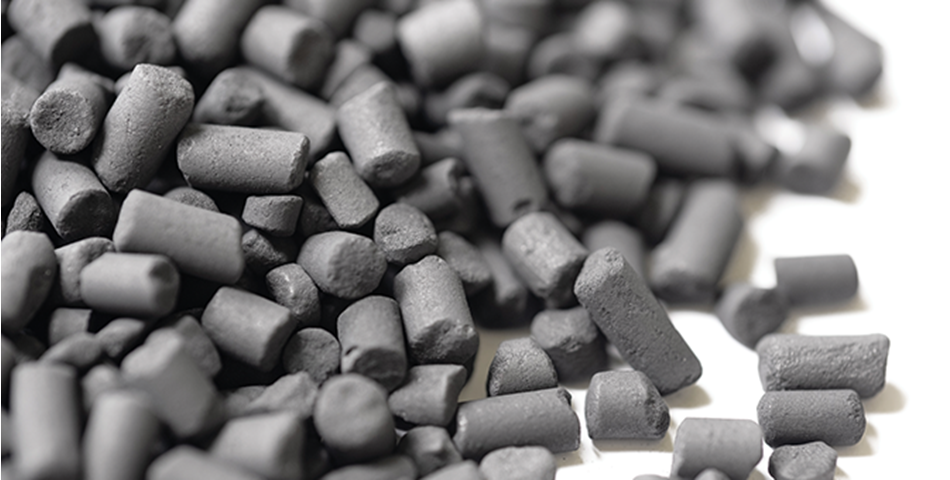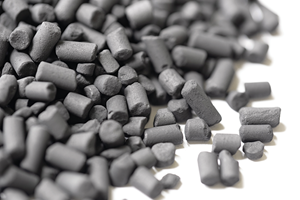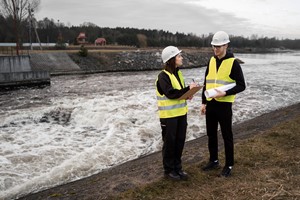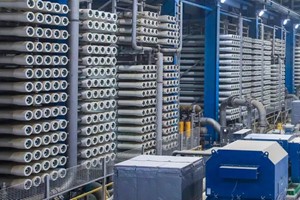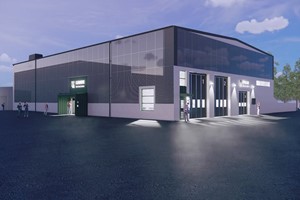Civilizations have been using carbon to treat water for centuries, and it has become a workhorse that continues to get stronger as more discoveries are made that create new ways for its use.
Carbon is capable of treating thousands of organic contaminants. For example, when the concept of dry cleaning came into being in the mid-19th century, it used benzene, toluene, and xylene. Little did we know the awful things those chemicals did when they were dumped into area waters. They are now effectively treated with carbon.
Other solutions might roll out slowly in 2022 as the world recovers from supply-chain management challenges—among other things brought on by the pandemic.
New Developments on the Way
Advanced carbon block is perhaps the leading technique used for purifying drinking water.
One established filter manufacturer is launching new carbon block technology in the second quarter of 2022 that has been developed, tested, and validated for removal of virus, bacteria, and cysts as well as removing or reducing chlorine taste and odor (CTO) and Chloramine.
The manufacturer believes their patented process could prove to be the Holy Grail for water purification relative to microbiological removal/reduction with carbon block technology for point-of-use. Carbon block is often used at the point of use to treat water instead of at the point of entry.
Activated Carbon Treatment Use
Activated carbon treatment is the most studied treatment for PFAS removal, according the U.S. Environmental Protection Agency (EPA).
Activated carbon is commonly used to adsorb natural organic compounds, taste and odor compounds, and synthetic organic chemicals in drinking water treatment systems. Adsorption is both the physical and chemical process of accumulating a substance, such as PFAS, at the interface between liquid and solids phases. Activated carbon is an effective adsorbent because it is a highly porous material and provides a large surface area to which contaminants may adsorb.
Activated carbon is made from organic materials with high carbon contents such as wood, lignite, and coal; and is often used in granular form called granular activated carbon (GAC).
GAC has been shown to effectively remove PFAS from drinking water when it is used in a flow through filter mode after particulates have already been removed.
EPA researcher Thomas Speth in comments posted on EPA’s website, said GAC can be 100 percent effective for a period of time, depending on the type of carbon used, the depth of the bed of carbon, flow rate of the water, the specific PFAS you need to remove, temperature, and the degree and type of organic matter as well as other contaminants, or constituents, in the water.
For example, GAC works well on longer-chain PFAS like PFOA and PFOS, but shorter chain PFAS like Perfluorobutanesulfonic acid (PFBS) and Perfluorobutyrate (PFBA) do not adsorb as well.
Another type of activated carbon treatment is powdered activated carbon (PAC) which is the same material as GAC, but it is smaller in size. Because of the small particle size, PAC cannot be used in a flow through bed, but can be added directly to the water and then removed with the other natural particulates in the clarification stage (conventional water treatment, low-pressure membranes, microfiltration or ultrafiltration).
Used in this way, PAC is not as efficient or economical as GAC at removing PFAS.
Speth says, “Even at very high PAC doses with the very best carbon, it is unlikely to remove a high percentage PFAS; however, it can be used for modest percent removals. If used, however, there is an additional problem with what to do with the sludge that contains adsorbed PFAS.”
Certain technologies have been found to remove PFAS from drinking water, especially Perfluorooctanoic acid (PFOA) and Perfluorooctanesulfonic acid (PFOS), which are the most studied of these chemicals. Those technologies include activated carbon adsorption, ion exchange resins, and high-pressure membranes.
These technologies can be used in drinking water treatment facilities, in water systems in hospitals or individual buildings, or even in homes at the point-of-entry or point-of-use.
By Paul Bergeron



